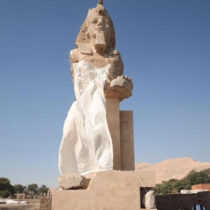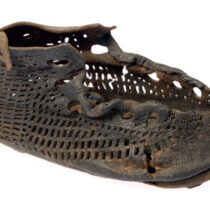Kefalonia, the largest of the Ionian Islands, laying on the exit of the Patraikos Bay, has been already since antiquity an important naval station for the ships travelling to Sicily, South Italy and the adriatic coast. The natural forti¬fications of the island, created by the land morphology and the high relief of the ground, has successfully been exploited by the natives already since antiquity. The human presence on Kefalonia is dated from around 50,000 B.C.( while the first organized settlement is placed in the first half of the second millennium. According to Thucydides, the island was a Terra-polis (= had four cities) and was divided in four cities-states, namely Pale, Krane, Same and Pronnous. The strong rivalry and hostility governing their relations from the fifth century B.C. on, and especially during the fourth and third century, led to the construction of extensive fortresses, sections of which have survived until today. However, the powerful fortifications did not hold back the Romans, who managed to occupy Same in 187 B.C. and to use the island as a naval base for their war operations.
Ancient Fortifications in the Kefalonia Island
27 Aug 2012
by Archaeology Newsroom
- A
- A
- A


